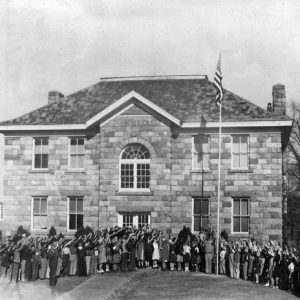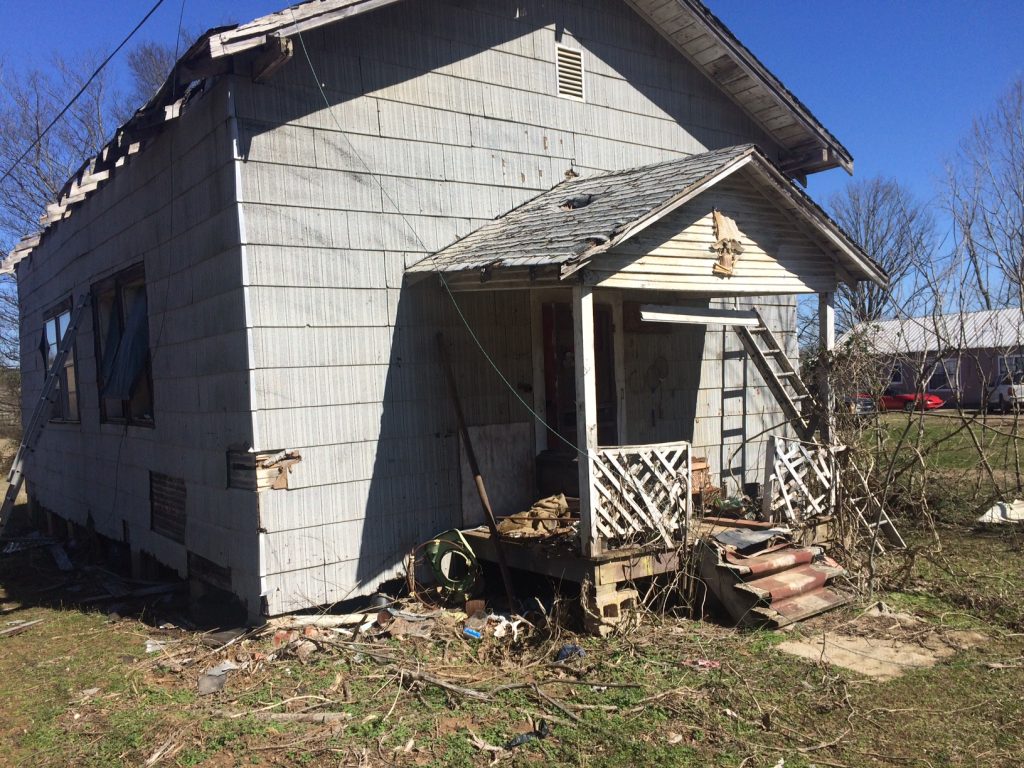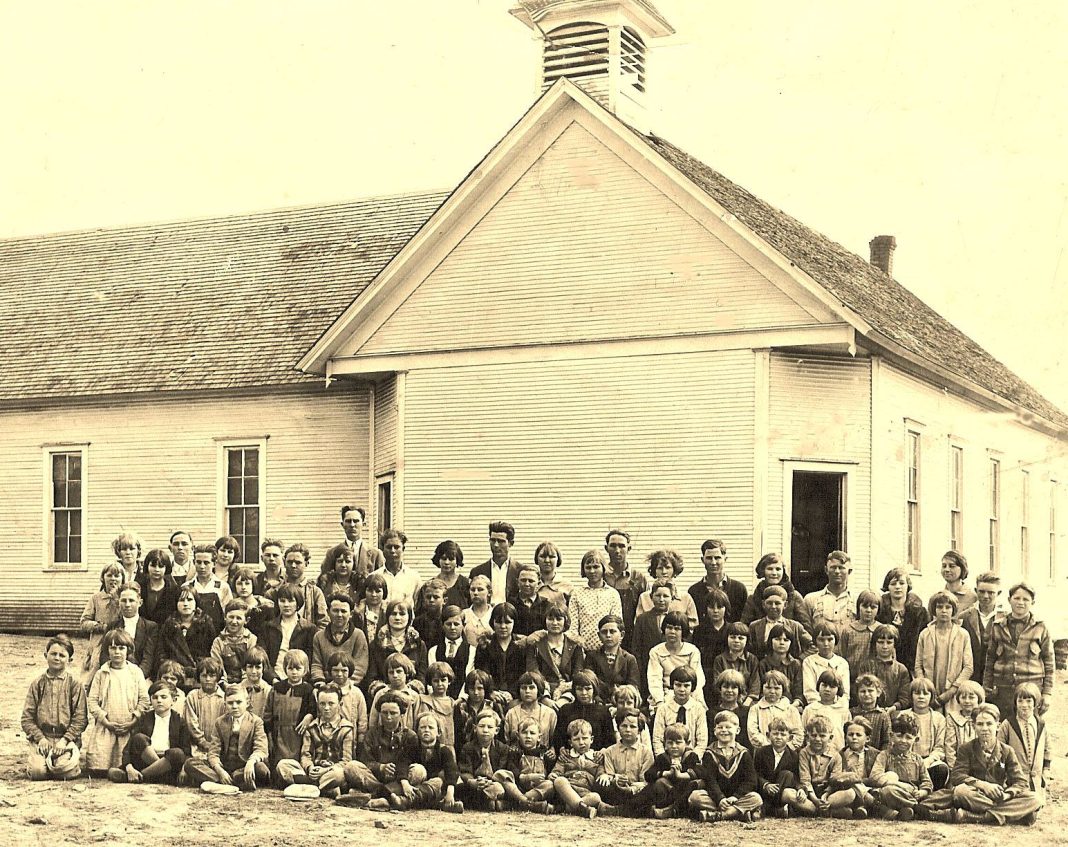By Dr. Curtis Varnell
The old building began to crumble as my cousins and I began to remove the support beams that had held the old building aloft for more than one-hundred years. Dilapidated, the old building had seen its better days. Built in the early 1900’s, it had once served as the school house for a small community on Rich Mountain in rural Logan county. Later, my dad purchased and moved the building to his home where he used it as a storage for his many antiques. The simplicity of the building spoke of a different time and different way of life.

Arkansas and the South lagged behind the rest of the county in providing an adequate public education for many years. Thomas Jefferson had set up a system of funding education through the sale of the plentiful public land available in the U.S. Each township set aside the 16th section of land to provide for education and Arkansas passed a measure in 1843 which would allow for that section to be sold to the public with the money to be set aside for schools. Like many well-intentioned laws, greed and self-interest took over and the land was sold for a pittance of its true value and the proceeds were not enough to provide for adequate schools or education. Additionally, Arkansas was agricultural, rural, and had poor means of transportation. Using what scant funds were available and often combining it with local donations and labor, small communities began to build small local schools that shared the facilities with church groups and community meeting places. Schools popped up every few miles, many having only one or two teachers that taught every subject for grades 1-8. By the 1930’s, Arkansas had 1,589 school districts, many of which were of the one-room variety. With multiple grade and ability levels mixed in the same classroom, teachers would rotate between groups. Getting one started, the teacher would rotate to the next grade but, in order to ensure that each group were working, they read or done their work out-loud. One group might be reading geography while the other recited multiplication tables or recited the ABC’s. Called a “blab” school, it must have sounded like mass confusion to anyone passing by.

Mrs. Eckleberry, the lone teacher at the Shoal Creek school, wrote several books about her teaching experiences. One of the most interesting stories was that to get to the school located in a deep valley, she had to climb down the Huckleberry mountain cliff face and then ford a creek to go to work daily. Unlike today, summer was a prime time for school since students had to help plant the crops in the spring and harvest them in the fall. Students were so irregular in attendance that it was difficult to get an adequate education although most knew their basic reading, writing and arithmetic pretty well. Students desiring a higher education generally were required to move to a larger town where academies were available at a cost to the student.
With the advent of better transportation, communities began to combine resources and offer larger schools. Forced consolidation in 1948 closed many of the small schools but there were still 424 districts in the state and 71 of those had fewer than 100 students.
My dad, one of ten boys in the family, had the most education of any family member until his youngest brother was able to complete high school. High school education became possible for more students but, even then, many kids were still working farm labor plus you had to buy your own books (which continued up until 1970).

With consolidation, many of the old buildings were converted to churches or community buildings while others just fell into disuse and slowly decayed. Rescued, the old Rich mountain building was transported to my family home and used for many more years.
Tearing into one of the walls, a scrap of paper falls to the floor. Penciled on its face, “I love you, do you love me?” Beneath were two boxes and the choice, mark yes or no. Memories of those days of my ancestors flooded my mind. I could almost hear the voices of the students who passed through its doors. Happy sounds of young voices beginning the day with the pledge of alliance, singing kids songs, or whispering plans for recess. Reading that note, I realized they were not much different than the kids I teach today.








